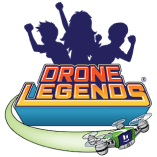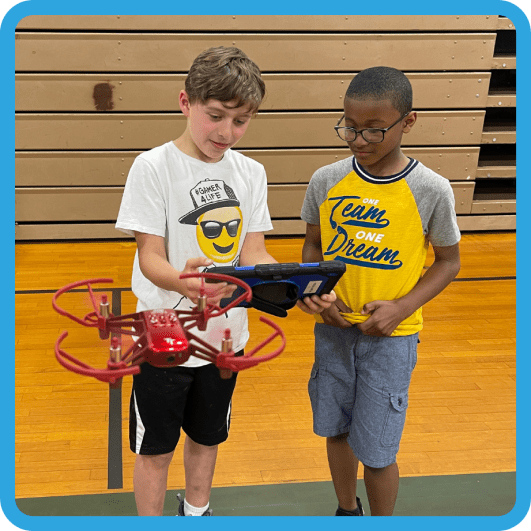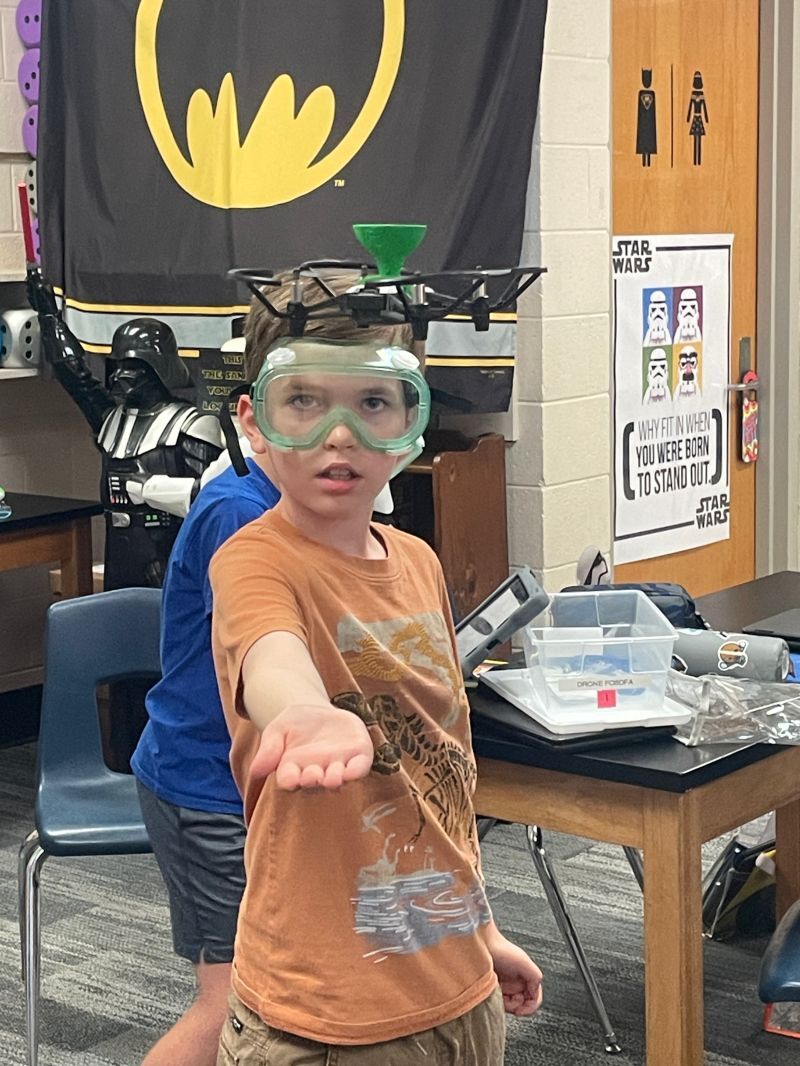Once upon a time, in a small, lively classroom, Mrs. Smith introduced her fifth graders to a set of intriguing, buzzing drones. The students, usually restless after lunch, were suddenly wide-eyed with curiosity. This marked the beginning of an extraordinary journey, not just in STEM learning but in shaping life skills that extend far beyond the classroom walls.
The Wonders of Drone Technology in STEM Education
The introduction of drones in elementary education, specifically for STEM subjects, has been a game changer. These flying machines offer a unique blend of excitement and education, making complex concepts like physics and mathematics more tangible and engaging for young minds. Here are some compelling reasons to integrate drones into fifth-grade curricula:
- Practical Understanding of Science and Math:
Drones help students visualize theoretical concepts in action, such as lift and torque. They can be used for creating graphs related to distance and flight time, enhancing their comprehension of mathematics. - Boosting Creativity and Problem-Solving:
Assigning drone-related projects encourages creative thinking and enhances problem-solving skills. Drones require an understanding of the surrounding environment and atmospheric conditions, thus pushing students to think critically. - Hands-On Learning Experience:
Assembling and piloting drones provides students with valuable hands-on experience in manufacturing, designing, and engineering. - Introduction to Programming:
Drones can be programmed for various tasks, helping students master coding in a practical setting. - Physical Activity and Social Skills Development:
Drone flying requires open space, promoting physical activity. It also fosters social skills as students interact and work together. - Understanding Electronics and Sensors:
Working with drones offers insights into the world of electronics and sensors, providing a foundational understanding of these components.
Case Study: Pocomoke Middle School’s Drone Program
At Pocomoke Middle School, a drone after-school program was initiated in 2016. This program has not only become one of the most popular after-school activities but also offers a shorter version for elementary students. Here, kids explore the basics of drone technology, build obstacle courses, and race drones, integrating math and science standards in a fun, engaging manner.
Drone Legends: A Beacon for Educators
Drone Legends stands out as a notable resource for educators aiming to incorporate drone technology into their curriculum. It offers a turn-key drone curriculum and professional development, requiring no prior experience from teachers. Their programs are designed to be engaging, relevant, and enjoyable for students, making learning STEM with drones fun and accessible.
A testimony from a user of the Drone Legends program highlights its effectiveness, noting its user-friendliness and relevance to real-world drone applications. The program covers coding, engineering, and piloting, making it an invaluable resource for starting a drone program in schools.
Soaring Beyond the Classroom
Incorporating drone technology in STEM education for fifth graders is not just about teaching coding or aeronautics; it’s about equipping young minds with skills that will help them navigate and succeed in life. Programs like Drone Legends offer comprehensive support, including lesson plans, materials, and ongoing support, to ensure the success of both students and educators.
As we conclude, one must ponder: How will the introduction of such innovative tools reshape the future landscape of education?




